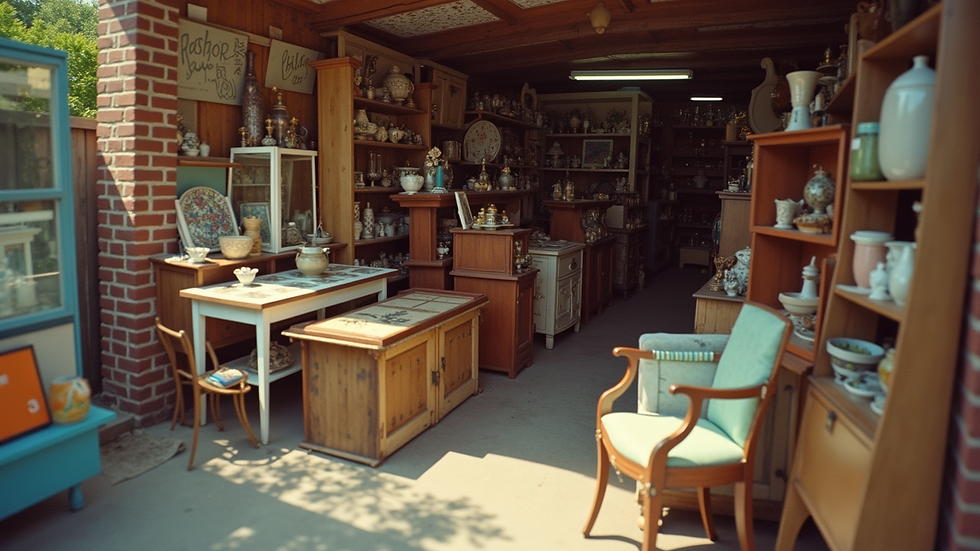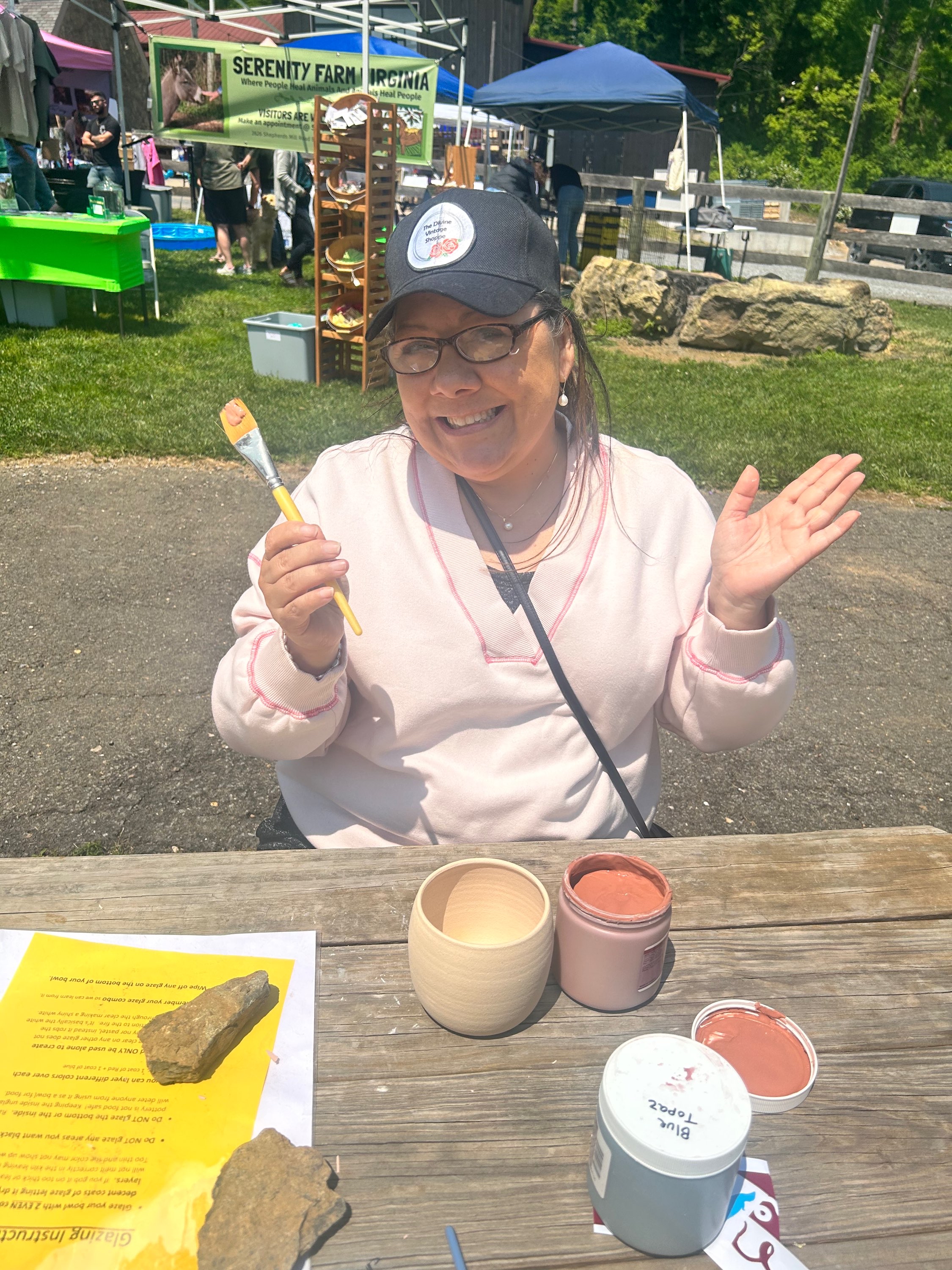
Unlock Unique Finds at Flea Markets
- Bea Fenzel
- Oct 13
- 4 min read
Flea markets are treasure troves of unique items waiting to be discovered. Whether you are a seasoned collector or a casual browser, these markets offer an exciting opportunity to find one-of-a-kind pieces that tell stories and add character to your home or wardrobe. From vintage furniture to quirky collectibles, flea markets provide a shopping experience unlike any other.
Exploring Unique Flea Market Finds
When you visit a flea market, you enter a world where every stall holds the potential for a unique find. Unlike conventional stores, flea markets are filled with items that have history and personality. Here are some tips to help you uncover the best unique flea market finds:
Arrive Early: The best items often go quickly. Arriving early gives you first pick of the treasures.
Bring Cash: Many vendors prefer cash, and it can also help you negotiate better deals.
Inspect Items Carefully: Look for quality and condition. Some items may need a little TLC, but others might be ready to use.
Ask Questions: Vendors often have interesting stories about their items. This can add value and context to your purchase.
Be Open-Minded: Sometimes the most unexpected items turn out to be the most special.
Unique flea market finds can range from antique jewelry and retro clothing to rare books and handmade crafts. Each piece has its own charm and can be a great conversation starter.

How to Spot Valuable Items Among Flea Market Treasures
Finding valuable items at flea markets requires a keen eye and some knowledge. Here are practical ways to identify valuable flea market treasures:
Research Before You Go: Familiarize yourself with the types of items you want to find and their approximate value.
Look for Brand Names and Marks: Items with recognizable brands or maker’s marks often have higher value.
Check for Authenticity: Be cautious of reproductions or fakes. Authentic vintage or antique items usually show signs of age.
Consider Rarity and Demand: Items that are rare or in high demand tend to be more valuable.
Evaluate Condition: While some wear is expected, excessive damage can reduce value.
For example, a mid-century modern lamp in good condition can be worth much more than a similar new lamp. Similarly, vintage clothing from well-known designers can fetch high prices if preserved well.

Do the Contestants on Flea Market Flip Get Paid?
The popular TV show Flea Market Flip has brought flea market shopping into the spotlight. Many viewers wonder if the contestants on the show get paid for their participation or profits.
Contestants on Flea Market Flip do receive a budget to purchase items at flea markets. They then refurbish or creatively transform these items to sell for a profit. The show rewards the team that makes the highest profit with a cash prize. However, the contestants do not get paid a salary for appearing on the show. Their earnings come from the profits they make on their flips and the prize money.
This setup encourages creativity and smart shopping, much like what you can experience when hunting for unique flea market finds yourself. It also highlights the potential value hidden in flea market items when given a fresh perspective.

Tips for Negotiating Prices at Flea Markets
Negotiating is part of the flea market experience. Vendors expect some haggling, and it can be a fun way to get a better deal. Here are some tips to negotiate effectively:
Be Polite and Friendly: A positive attitude goes a long way.
Know the Market Value: Having an idea of what the item is worth helps you make reasonable offers.
Bundle Items: Buying multiple items from the same vendor can give you leverage for a discount.
Point Out Flaws: If an item has minor damage, use it as a reason to ask for a lower price.
Be Prepared to Walk Away: Sometimes, walking away can prompt the seller to offer a better price.
Negotiation is not just about price but also about building rapport with vendors. This can lead to insider tips on upcoming sales or reserved items.
Caring for Your Flea Market Finds
Once you bring home your unique flea market finds, proper care is essential to preserve their beauty and value. Here are some practical care tips:
Clean Gently: Use appropriate cleaning methods for different materials. Avoid harsh chemicals on antiques.
Repair Thoughtfully: Minor repairs can enhance value, but avoid over-restoring as it may reduce authenticity.
Display Creatively: Show off your finds in ways that highlight their uniqueness.
Store Properly: Protect items from moisture, sunlight, and pests.
Document Provenance: Keep any information about the item's history or vendor for future reference.
By taking good care of your flea market treasures, you ensure they remain a cherished part of your collection for years to come.
For more inspiration and stories about flea market treasures, visit this blog.
Exploring flea markets is more than just shopping - it’s an adventure filled with discovery and creativity. With the right approach, you can unlock unique finds that add charm and character to your life. Happy hunting!







Comments